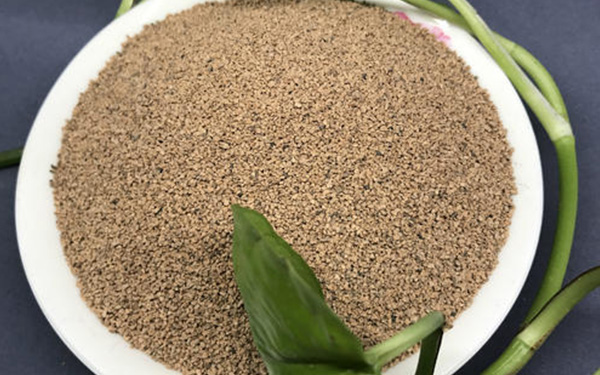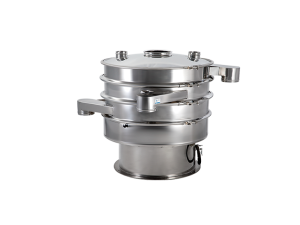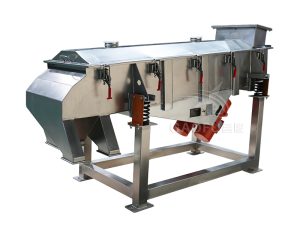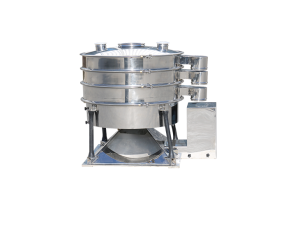Home / Solutions / Food industry / Walnut shell powder screening solution

Walnut shell powder is mainly produced in Xinjiang and is mainly used in oil field additives and abrasive industries. According to the production process, walnut shell powder screening is generally screening after crushing, including the crushing of large particles and the crushing of small particles;
1. Screening after crushing—according to the customer’s on-site process, screening aperture, and output requirements, linear vibrating screens or rotary vibrating screens can be selected;
2. Screening after ultra-fine grinding – due to the different ages of walnut shell powder and poor material fluidity, a horizontal airflow screen can be used.

Mainly used for grading and impurity removal to meet the needs of different customers.
Raw shell screening - crushing - screening - lifting - crushing - screening - packaging
Walnut shell powder is mainly produced in Xinjiang and is mainly used in oil field additives, abrasive industry, etc. According to the screening production process, walnut shell powder is generally screened after crushing, including the crushing of large particles and the crushing of small particles;
1. Screening after crushing—according to the customer’s on-site process, screening aperture, and output requirements, linear vibrating screen or rotary vibrating screen can be selected;
2. Screening after ultra-fine grinding -- due to the different ages of walnut shell powder and poor material fluidity, a horizontal airflow screen can be used.

It adopts advanced sealing technology to prevent leakage and extend service life. The sealing gap can be automatically compensated with the use process.

When two vibrating motors installed longitudinally on the screen body run relative to each other, the horizontal excitation forces generated by them cancel each other out due to the relative operation of the motors, and the longitudinal excitation force is transmitted to the entire screen box through the vibration transmission body. The screen surface is vibrated, so that the materials on the screen surface are subject to the excitation force and jump on the screen surface in the direction of the discharged product. The materials smaller than the screen hole fall to the lower layer through the screen hole, and then jump from The discharge port flows out. Due to the reasonable screening process, after the materials are classified by the vibrating screen, several materials with different particle sizes can be obtained to complete the material classification operation.

It can screen 6 particle sizes, and the sieve body diameter ranges from 600mm (24 inches) to 2600mm (104 inches)